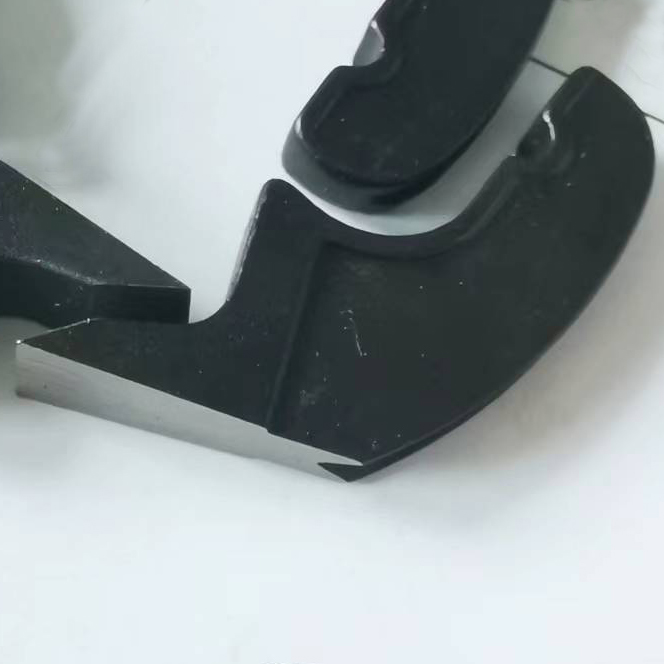Sawmill Replacement Teeth Guide
A sawmill is a crucial tool in the timber industry. It allows for efficient and accurate cutting of logs into lumber. One essential component of a sawmill is its teeth. Over time, these teeth can become dull or damaged, necessitating their replacement. In this guide, we will explore the importance of sawmill replacement teeth and provide useful tips for choosing the right ones.
1. Understanding the Importance of Replacement Teeth
Replacement teeth are vital for maintaining the optimal performance of a sawmill. Dull or damaged teeth can result in inefficient cutting, increased energy consumption, and lower-quality lumber. By regularly replacing worn-out teeth, you can ensure that your sawmill operates at its best, maximizing productivity and minimizing downtime.
2. Choosing the Right Replacement Teeth
When selecting replacement teeth for your sawmill, several factors should be considered:
a. Tooth Type: There are various tooth types available, including ripper teeth, raker teeth, and planer teeth. Each type has its specific purpose and features. Researching and understanding the different tooth types will help you determine which one is best suited for your sawmill and cutting needs.
b. Material: Replacement teeth are typically made from high-quality steel or carbide. Steel teeth are more affordable but require more frequent sharpening. On the other hand, carbide teeth are more durable and maintain their sharpness for a more extended period but are more expensive. Consider your budget and usage requirements when choosing between steel and carbide teeth.
c. Size and Compatibility: Ensure that the replacement teeth you select are compatible with your sawmill model. Additionally, consider the size of the teeth and match them to the specific cutting requirements of your operations.
d. Manufacturer Reputation: Opt for replacement teeth from reputable manufacturers known for producing reliable and high-quality products. Reading customer reviews and seeking recommendations from industry professionals can help you identify trustworthy brands.
3. Maintenance and Sharpening
To prolong the lifespan of your replacement teeth, regular maintenance and sharpening are necessary. Follow the manufacturer’s guidelines for proper care and sharpening techniques. Some replacement teeth can be sharpened in-house, while others may require professional services. Regularly inspect the teeth for any signs of damage or wear and address any issues promptly to ensure optimal performance.
4. Safety Considerations
When replacing sawmill teeth, prioritize safety. Ensure that the sawmill is turned off and disconnected from the power source before attempting any maintenance or replacement tasks. Wear appropriate personal protective equipment, such as gloves and safety glasses, to protect yourself from potential hazards.
In conclusion, sawmill replacement teeth play a crucial role in maintaining the efficiency and productivity of your sawmill. By understanding the importance of replacement teeth and selecting the right ones based on tooth type, material, size, compatibility, and manufacturer reputation, you can ensure optimal performance. Remember to follow proper maintenance and sharpening procedures to extend the lifespan of your replacement teeth. Prioritize safety at all times when handling sawmill maintenance tasks.

